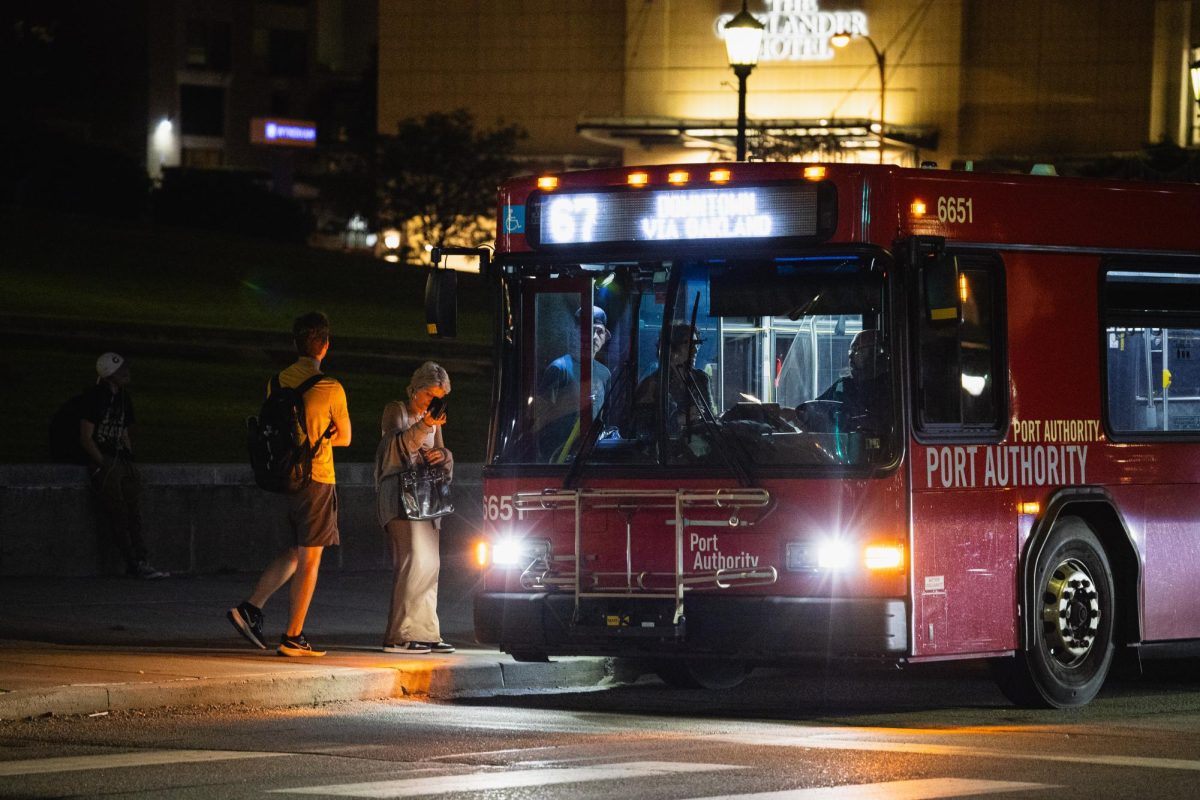Pittsburgh Regional Transit changed its bus schedule last month, suggesting the new routes would help avoid traffic caused by construction on their University Line rapid transit project. The main lines impacted by the alterations are the 61D-Murray, 71A-Negley, 71C-Point Breeze and 71D-Hamilton.
These buses all added the word “short” to their route names to indicate both the decreased length of the bus loops and the temper one might have while trying to get downtown. The four previously reliable lines no longer serve Uptown or downtown Pittsburgh residents — they now stop in Oakland and turn around.
The new short lines negatively impact the Pittsburgh residents who need it most — Uptown and Downtown residents who rely on the buses to get to their jobs, education or healthcare suddenly have their transit options halved, leading to overcrowding and inconvenient travel schedules. Transfers are also far more commonplace, disproportionately harming disabled passengers and passengers who pay their fares in cash.
The new rapid transit project is supposed to benefit Uptown, Downtown and Oakland residents alike, but its goal is nowhere in sight. If there’s one thing Pittsburgh is known for, it’s certainly not finishing construction projects quickly, and until PRT completes the University Line, thousands of Pittsburgh residents will continue to suffer from public transportation becoming more unreliable than it already was.
In theory, the new routes would have benefited CMU and Pitt students — shorter bus lines turning around in Oakland should mean more consistent buses for the people living there. While it provides marginally more consistent transit options to adjacent neighborhoods, many students rely on the buses for trips downtown.
So is the trade off worth it? Is the traffic congestion really so bad that Pittsburgh should eliminate bus lines through construction areas altogether?
The simple answer is no. Any concerns about bus congestion and efficiency hold little weight against the real-world experiences of Pittsburgh residents, who largely believe these changes to PRT ignore the needs of people already underserved by the bus system. People are at the heart of the bus system. They keep the transit system afloat, only asking for adequate bus service in return.
As residents of Pittsburgh, we should all strive for a bus system that benefits both ourselves and our community members. Don’t let the PRT bigwigs rule your travel plans — make your voice heard. There are several ways to get involved in redesigning the bus lines. Consider attending an in-person or online engagement meeting or filling out PRT’s public input survey to ensure future schedule changes reflect the needs of riders like you.
Even if you don’t take the bus regularly, speak out for the underserved communities negatively impacted by the shortened loops. While we wait an indefinite amount of time for the University Line to finish construction, we can’t let things keep getting worse before they get better.



